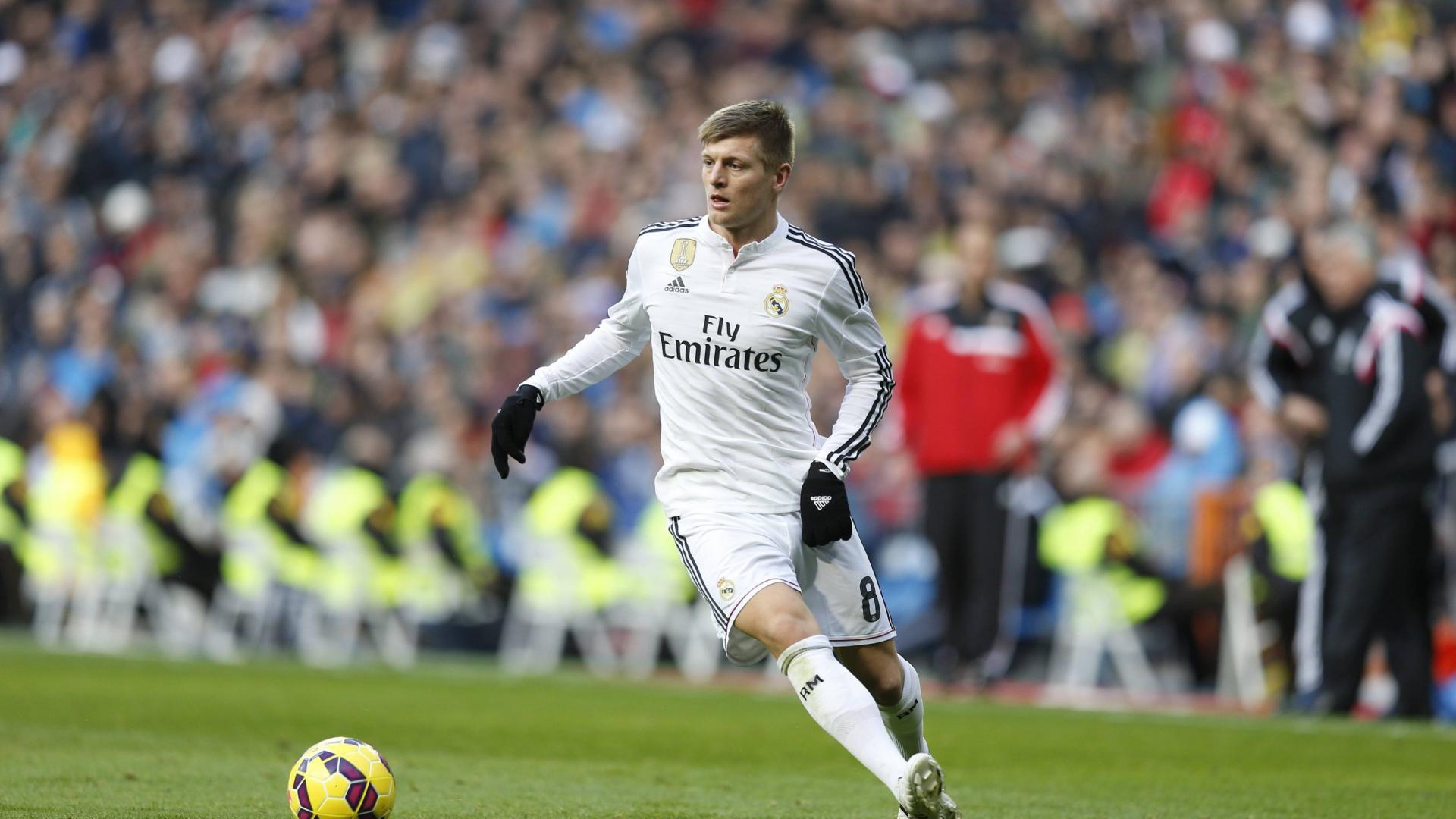If you play in midfield, you’re obviously one of the fittest players on the pitch, but what specific type of midfielder are you? Check out these different roles and see where you fit in!
Attacking midfielder:
These midfielders are also called ‘playmakers’ and ‘no. 10s’. This specialist role is usually reserved for a technically gifted player who has top-class dribbling, ball control, vision, passing, and distance shooting abilities. Attacking midfielders are generally positioned ‘in the hole’ between the central midfielders and the forwards.
Often the star player of a team, this player’s main role is to create goal-scoring opportunities for himself and his team-mates, besides opening up tight defensive lines with pin-point passing. Teams are usually built around their playmaker, who is allowed to roam free and influence the game.
Central midfielder:
These players have roles both in attack and defense and are crucial in dictating the direction of play in the middle of the pitch. They usually pass to the forwards and attackers and join in themselves by rushing into the box when the opportunity arises. When his team loses possession, the central midfielder will press the opposition or move just ahead of his defenders to track opponents or block long shots. A central midfielder is usually adept at controlling the ball and at making accurate long and short passes.
Box-to-Box midfielder:
A central midfielder with outstanding stamina and all-round technical abilities is known as a ‘Box-to-Box’ midfielder. This player can make strong tackles, shoot from distance, create chances as well as intercept opposition passes. Simply put, this player is an all-action, central midfield dynamo.
Wide midfielder:
These midfielders have a role balanced between attack and defence, similar to that of central midfielders, but they are positioned closer to the touchlines of the pitch. They are expected to cross the ball into the opponent’s penalty area to make scoring chances for their teammates, and when defending they may put pressure on opponents who are trying to cross. Wide midfielders have a great long passing range and are usually some of the quickest players and best dribblers.
Defensive midfielder:
These midfielders are interchangeably called ‘Holding midfielders’ or ‘Deep-lying midfielders’ depending on their tactical responsibilities. These players are defensively-inclined midfielders whose main job is to protect their goal. They primarily make short and quick passes to more attack-inclined team-mates and give them the freedom to play their game.
They are usually natural ball winners and may even move into a defender’s position if the defender is participating in an attack. They are strong players with fantastic positional awareness and good anticipation of their opponent’s build-up play.
Deep-lying playmaker:
These playmakers are deep-lying midfielders with eagle-eyed vision and an excellent passing range. They retain possession and set the tempo of the game from a deep area. Despite their position on the pitch, they aren’t expected to place much emphasis on their defensive responsibilities owing to their supreme ability to pick complex passes and influence the course of a game.
It is important to note that many players can fit into multiple categories and have played different roles in different tactical set-ups during their careers. So, don’t hesitate to tick multiple boxes when trying to figure out what type of midfielder you are.





0 Comments